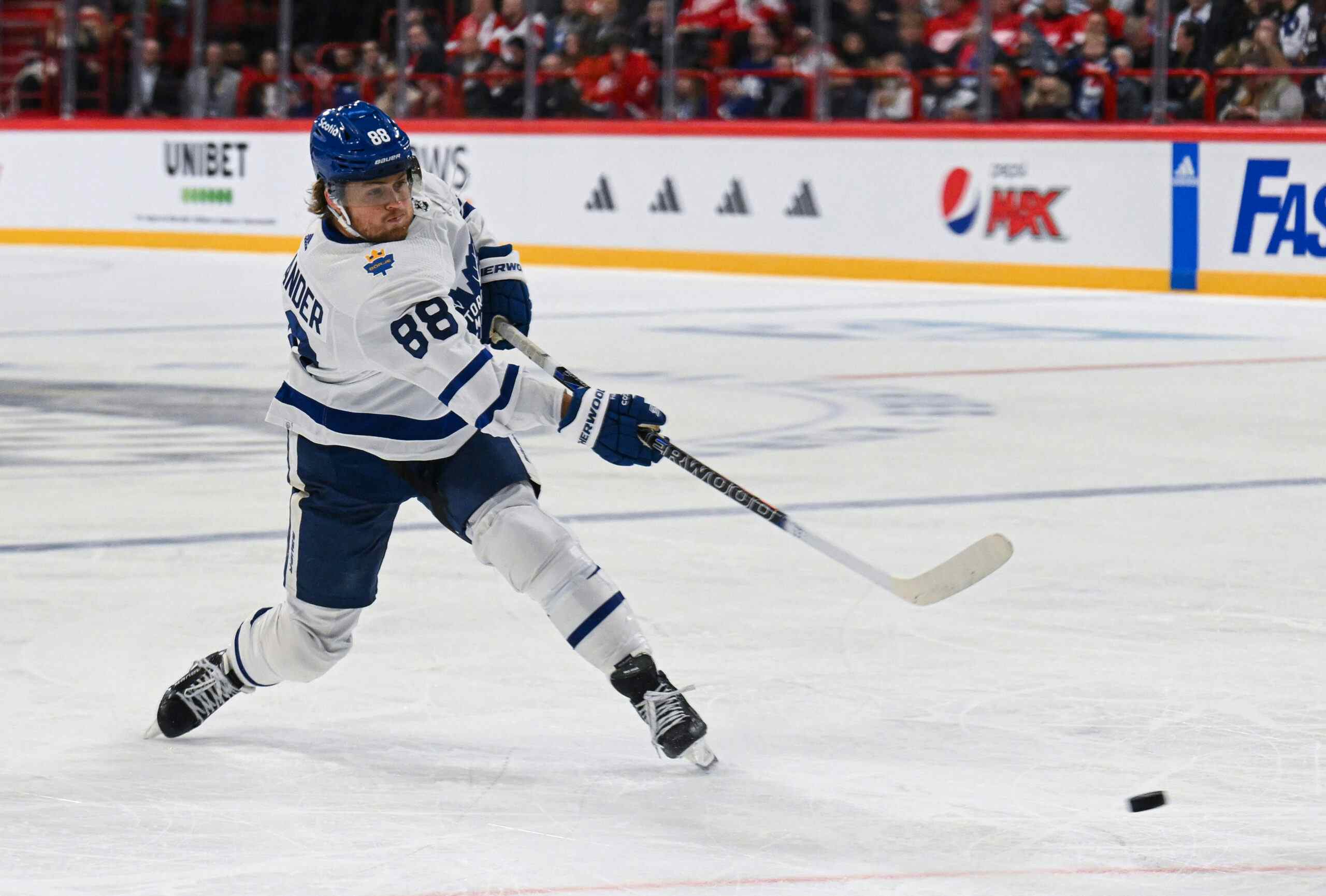Deep Thoughts by Kyle Dubas: On Being Clutch
By Jon Steitzer
8 years ago
Not really much of a secret around these parts, but the writers of The Leafs Nation are pretty big fans of Kyle Dubas even though he stole our managing editor away from us. With that it shouldn’t come as much of a surprise that when Kyle speaks we are anxious to hear what he has to say.
Today Craig Custance put up a story on whether or not teams can identify clutch players when building their rosters (behind the ESPN insider paywall), while I’m sure you can guess what Kyle’s thoughts are on players being clutch, his answers are wonderful and perfect, and it’s worth sharing a snippet or two before you go out to become ESPN insiders members to read the rest.
From Dubas:
“It’s affected so much by who is on the ice in the last minute,” Dubas said. “If you’re a good player playing on a good team, you’re going to be on the ice late in the game. It’s proportionately weighted to players in that situation.”
Simple and to the point. This is how Jordan Eberle became clutch via the World Juniors. Playing on the top line with John Tavares, somehow they seemed to earn all the key minutes. You can strain this argument a bit further with Dave Bolland, who was not exactly a top line player when his 17 seconds left goal earned him that label in Chicago, but Bolland was the best faceoff alternative to Jonathan Toews, and best option at center when Toews was too tired to be on the ice. Bolland was more of a one off case like Petr Klima in 1990, and Brad May’s “May Day”, but thankfully for Bolland neither Dave Nonis or Dale Tallon saw him that way. The case around Justin Williams is much more aligned to that of Eberle, being a top line forward. With Williams you have a player who has proven he can be successful in all situations of a game, and as such often he has earned the opportunity for increased icetime late in the game.
“I’ve always been very careful about it. It has so much to do with the quality of team you’re on, the circumstances,” he said. “I do think it takes special characteristics and traits when under pressure to continue to play your same way. I don’t necessarily believe that players get any better and I haven’t been doing this long enough to say it with any authority, but I believe in pressure moments that there are some players by every measure that do get worse. I think it has to do with the quality of competition you’re playing against in those clutch moments.”
The cool thing about all of the players in the NHL is that at some point they likely played on a very good team at some level and they were likely one if not THE go-to player for that team. There is also the fact that being a professional athlete certainly carries a baseline of being a very high pressure situation. It’s safe to say all of these guys thrive under pressure as much as they can, but periodically they may get in their heads more than they should. Rather than attempting to project how an 18 year old, or any person for that matter is going to handle their life experiences as they come at them, it seems like a nice idea to focus on the talent they bring to the sport. I think Dubas has a great grasp on that, where say Brian Burke was prone to recruiting players with “winning experience” and were “big game performers.” This is likely one of the more significant culture changes that the Leafs are currently undergoing and addresses why the Leafs have struggled to fill their prospect pool.
I would certainly encourage everyone to go read the rest of the article which includes a few more quotes from Dubas, as well as Stan Bowman and Dale Tallon. It summarizes how we often forget the little plays that players make, but we focus on their memorable moments, a conclusion that summarizes the problem with solely relying on “the eye test”.
Recent articles from Jon Steitzer





